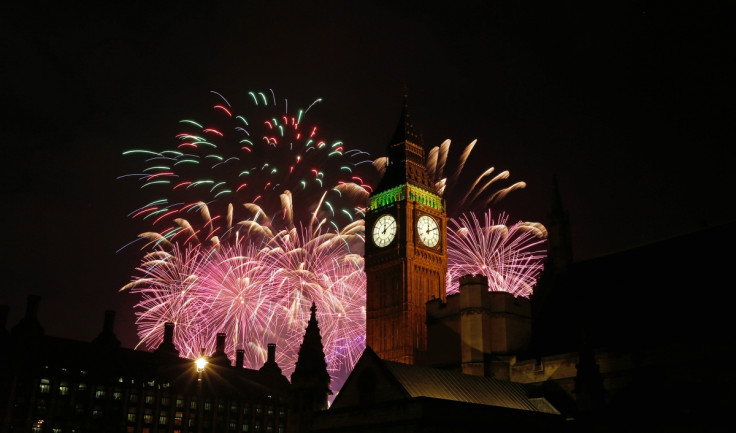Ten things you didn't know about Guy Fawkes and the Gunpowder Plot
Britain traditionally marks the 5 November with fireworks and bonfires.

The English cultural tradition of Bonfire Night is celebrated every year on 5 November to mark Guy Fawkes' part in the failed Gunpowder Plot of 1605. Fireworks and bonfires are lit to mark the foiling of the plot that, if successful, would have destroyed the Houses of Parliament and killed King James I.
As the celebrations get underway for this year's Bonfire Night, here are ten things you might not know about Guy Fawkes.
Fawkes was born on 13 April 1570 in Stonegate, York, and was brought up as a Protestant. In 1593, he enlisted as a mercenary in the Spanish Army in the Netherlands, after which he is believed to have become a Catholic.
Although Fawkes is name synonymous with the Gunpowder Plot, there were 13 conspirators in the plot – which was masterminded by a charismatic Catholic called Robert Catesby, an outspoken critic of the English crown.
Some of the plotters took part in the failed rebellion by the Earl of Essex against the government of Elizabeth I. Although they were imprisoned, they were later released after paying heavy fines.
Fawkes gained notoriety after the plot was foiled because he had the duty of sneaking into the cellar beneath the House of Lords and igniting the explosives.

The plan was revealed to the authorities in an anonymous letter send to William Parker, an English peer, on 26 October 1605. The House of Lords was searched and Fawkes was discovered guarding 36 barrels of gunpowder.
Had the barrels of gunpowder been lit, they would have no doubt turned Parliament to rubble. Yet some claim the gunpowder was too old and would not have properly exploded if ignited.
Fawkes was tortured for four days before admitting to his part in the Gunpowder Plot and giving the names of his co-conspirators. The National Archives in the UK holds his two signed confessions.
In 17th century England, the traditional punishment for traitors was to be hung, drawn and quartered. But as Fawkes waited for his punishment, he leapt to his death to avoid having his testicles cut off and being disemboweled. He died of a broken neck and his body was subsequently quartered.
The cellar that Fawkes tried to blow up was destroyed by a fire in 1834, which also destroyed the medieval Houses of Parliament.
Guy Fawkes has two islands named after him in the Galapagos Islands, which are part of Ecuador.
© Copyright IBTimes 2025. All rights reserved.





















